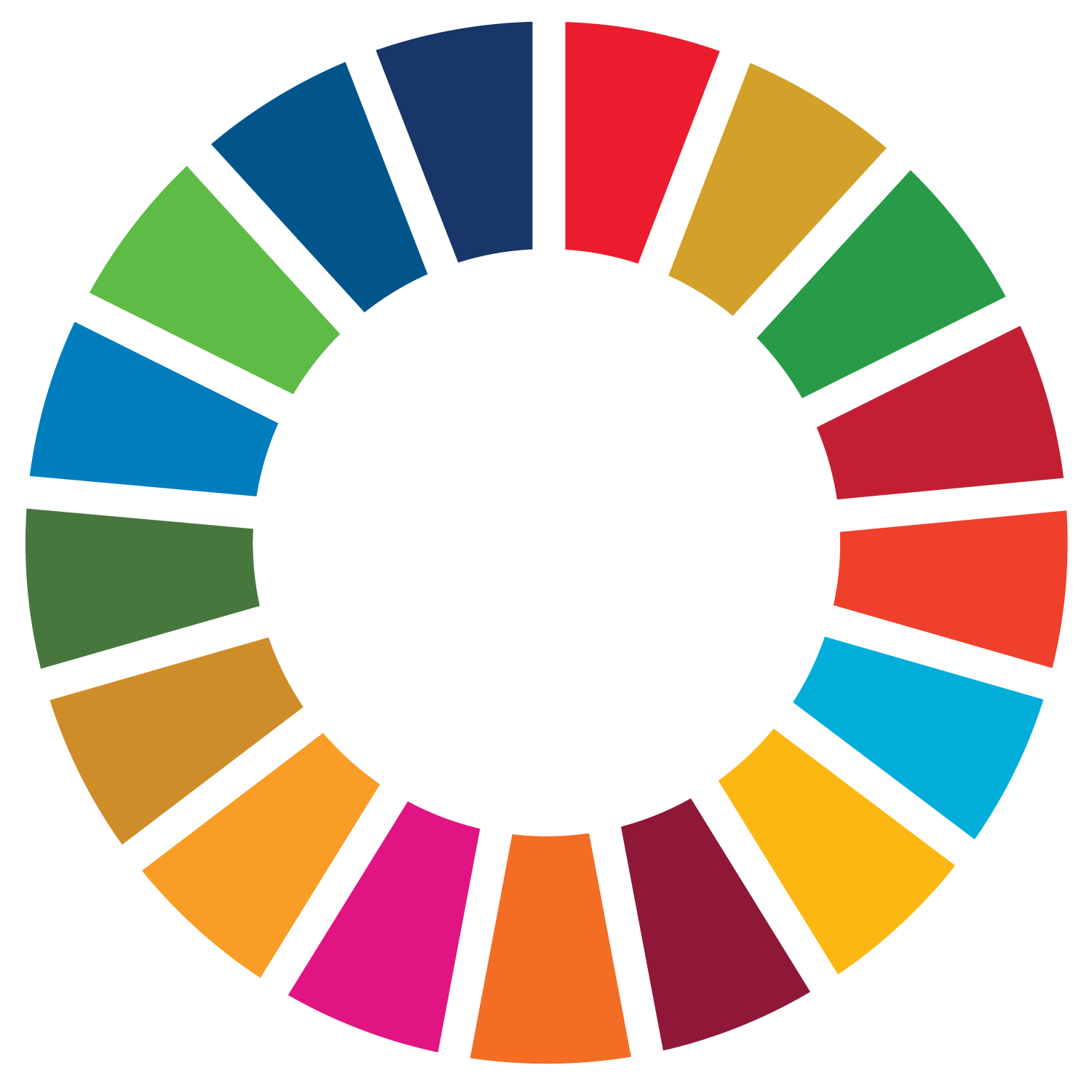Photo: People washing clothes in Turkana Lake © International rivers
The United Nations Environment Programme (UNEP) implemented the transboundary water management component of project ‘Support for Effective Cooperation and Coordination of Cross-border Initiatives in Southwest Ethiopia-Northwest Kenya, Marsabit-Borana & Dawa, and Kenya-Somalia-Ethiopia’ (SECCCI), co-funded by the European Union (EU) Emergency Trust for Africa.
The project was designed to foster cooperation and direct interaction between the riparian countries and had the participation of the governments of Kenya and Somalia. Focusing on Lake Turkana and its river basins and the D’aua-Juba-Shabelle basin, the overall objective was to enhance sustainable management by:
- Improving the scientific understanding of the hydrological regimes and ecosystem services of the river basins as a basis for decision making on the sustainable management of the transboundary water resource.
- Creating awareness among the riparian communities and the county/regional governments on the restoration and management of ecosystems.
- Strengthening capacity in Transboundary Water Management (TWM).
In the case of the Lake Turkana and its river basins, an ecosystem services assessment, classification and mapping were carried out and the output is available online via the portal delivered in support of the project activities (www.omoturkana-tmo.org). Hotspots of environmental degradation in the basin were identified by the stakeholders and potential adaptation measures formulated.
A baseline water resources model was established followed by 8 scenarios consisting of a combination of Water Resources Developments (WRD), Rehabilitation and Adaptation Measures (RAM) and Climate Change Projections (CC). An indicator framework was developed for the evaluation of the scenarios. The Planning application (also available at www.jubashabelle-tmo.org), a tool to compare indicators across scenarios and carry out trade-off analysis and Multi Criteria Decision Analysis was used by the stakeholders where conclusions were drawn on impacts of each scenario and the best alternative discussed.

A rewarding and successful collaboration between the riparian countries and UNEP led to several co-created outputs including technical inputs towards a framework on Transboundary Water Management, which is another invaluable stepping stone for regional engagement in sustainable water resources development.
For more information please contact Silvia Leirião, Water Resources Engineer via sls@dhigroup.com
You can read more about this project on the UNEP website.
Further material:
Share this post
UNEP DHI Partnership – Centre on Water and Environment
Agern Allé 5, 2970 Denmark
Tel: +45 45169200
